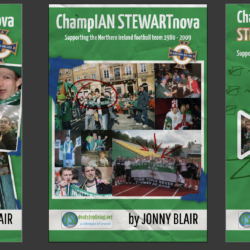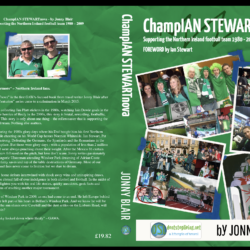Living My 1990 Football Dream In Cameroon
Dream In Cameroon : Watching The Top Division Play-Offs And Meeting Samuel Eto’o In Douala!!
: Watching The Top Division Play-Offs And Meeting Samuel Eto’o In Douala!!
“They can come true yeah. They can come true” – Gabrielle (Dreams). Before you read this, look at the above photo and watch Omam Biyick’s legendary header below. I watched it live after school in June 1990 in Marlo in Bangor, Northern Ireland. I wanted Cameroon to win. I loved it. I love it. I Read more about Living My 1990 Football


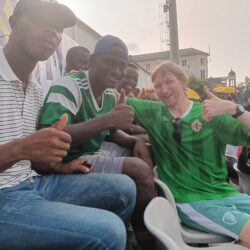
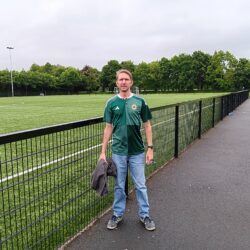






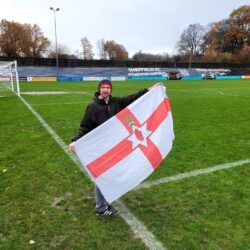
 Of Football
Of Football , England (Formed 1857)
, England (Formed 1857)
 : Visiting Side By Side Football
: Visiting Side By Side Football in Dundee
in Dundee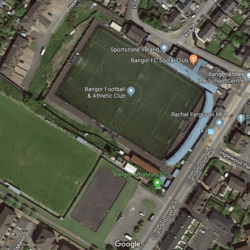

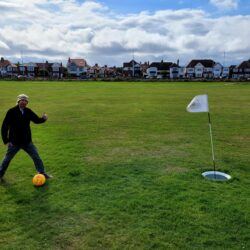
 In Whitley Bay
In Whitley Bay